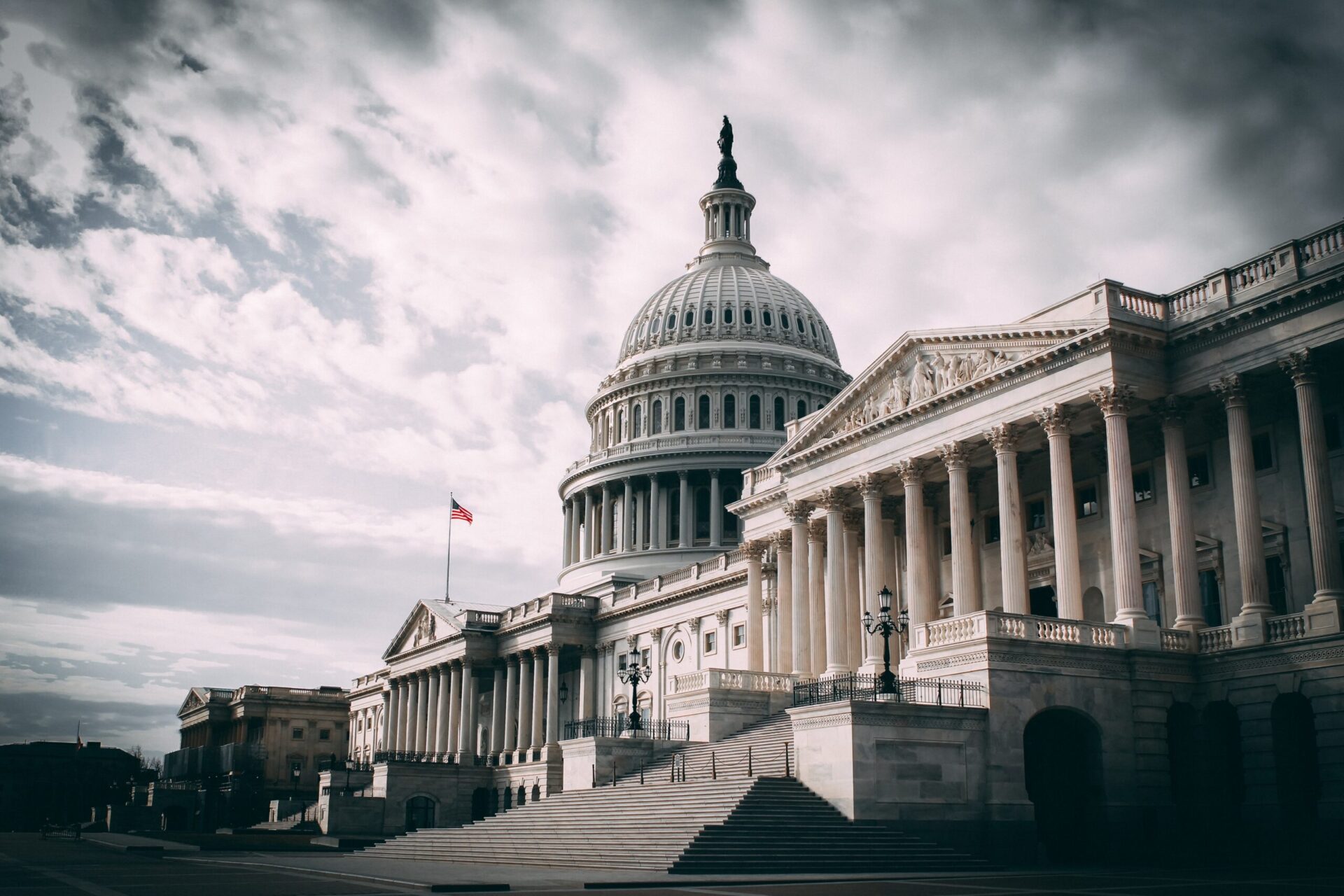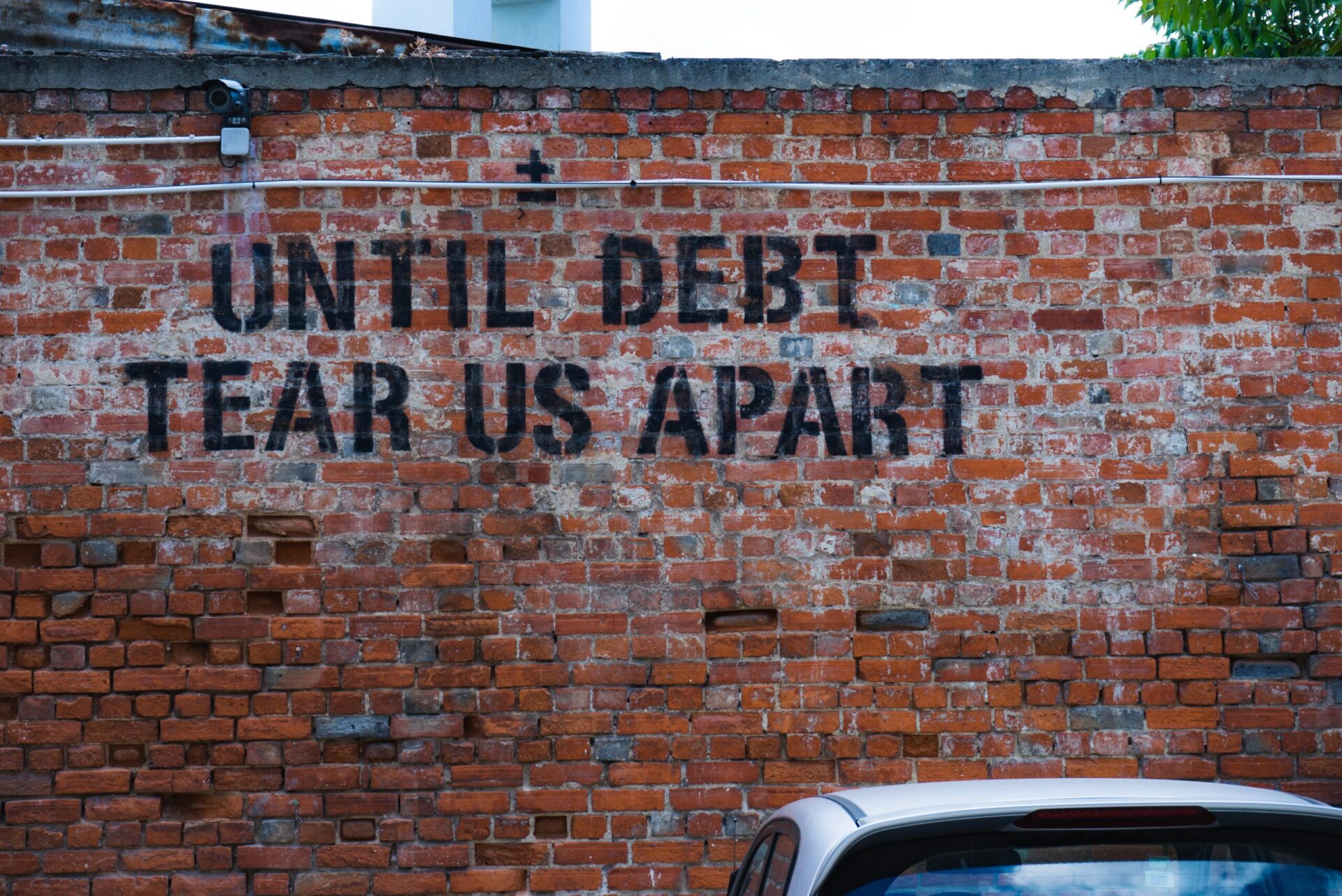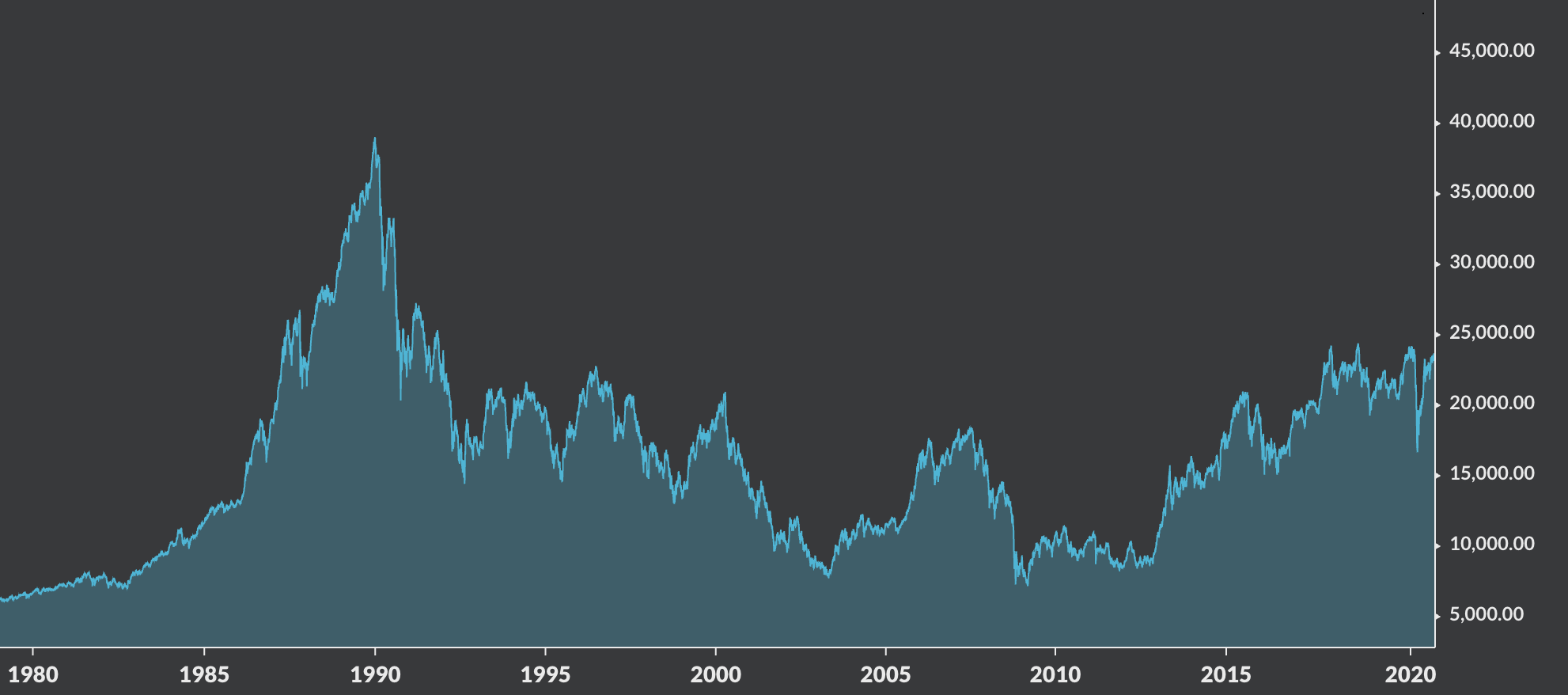In their books Generations and The Fourth Turning, Neil Howe and William Strauss layout four generational archetypes that repeat through time. They have named these Prophets, Nomads, Heroes, and Artists. They believe that what emerges from this is a social and economic cycle that produces repeatable changes through time.
In contemporary society, the generational archetypes are presented by the Silent Generation, Baby Boomers, Generation X, and Millennials. World World II lead to outsized generations in The Baby Boomers and their descendants the Millenials (sometimes called echo boomers). In the traditional generational cycle, the Nomads (Generation X) would be poised to bring about a much-needed balance to the particular characteristics of the previous generation the Prophets (Baby Boomers).
However, the large size of the Baby Boomers has meant that in a democratic system, they have held on to power and been able to vote for policies that favor their particular ideals, and there has been less opportunity for Generation X to fill leadership roles in everything from companies to politics to the press. Just when Baby Boomers are starting to retire in the greatest numbers, Millenials (the heroes) start to come of age, and in larger numbers than Generation X, pushing forward yet a different set of beliefs than might be needed at this time. It’s arguable then that instead of Generation X being able to bring a pragmatic balance to society, the large Millenial cohort will extend instability, politically, socially, and economically.




